top of page

Chinook Indians
Location of the Tribe
The Chinook Indians lived northwest near the Columbia River in Washington and Oregon. They also were fisrt discovered by Lewis and Clark.
Styles of Homes
Chinook Homes were long wooden houses, and the houses were large and made of wooden planks. They had painted walls and carved posts. However, Chinook houses had no windows. They were called pit houses.
Important Products
The Chinook hunted, fished and smartly used all recorces around to both eat and for medacine. Mainly nuts, acorns, berries and roots
Goverment Orginization
Each village had a chief, but through alliances and methods a chief could exercise his authority over a wider area. The chief dealt with quarrels, supervised activities, and provided for his village in time of need. His privileges included taking food, goods, or women at will.
Culture of Chinook
There was the important first-salmon ritual, when they welcomed the annual salmon run. Another important religious ritual was the individual vision quest. This ordeal was undertaken by all male and some female youths in order to acquire a guardian spirit that would give them hunting, fishing, healing, good luck, and taught them songs and dances.
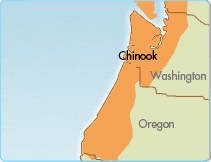
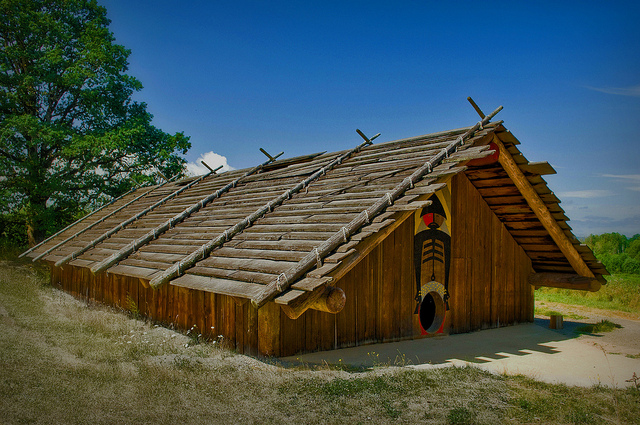


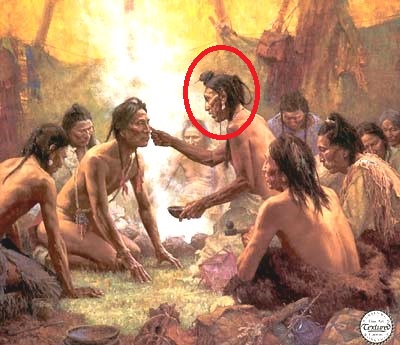
Altered their Environment
The Chinook relied heavily on the resources of the land and were particularly tied to the ocean. Therefore, it should come as no surprise that most of their tools were related to the ocean in some way. Many tools, such as fishing hooks and sewing needles, were made out of bone, while spearheads and jewelry were often fashioned out of shells.
Relations
The Chinook were hostile with their rival tribe, the Cowlitz tribe. The Chinook traded Europeans for everything including slaves(war captives), nails, knives, potatoes, copper and blankets. Also Lewis and Clark stayed at the village for a little while.
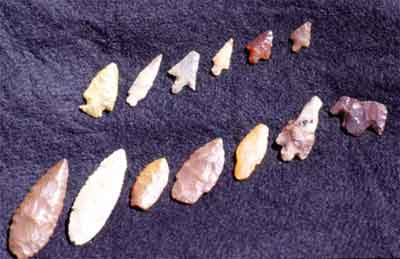

Unique
The Chinook canoes were used to help get goods up and down quickly using the river. These well-crafted canoes, which ranged from fifteen to fifty feet in length, were used in both freshwater and saltwater.
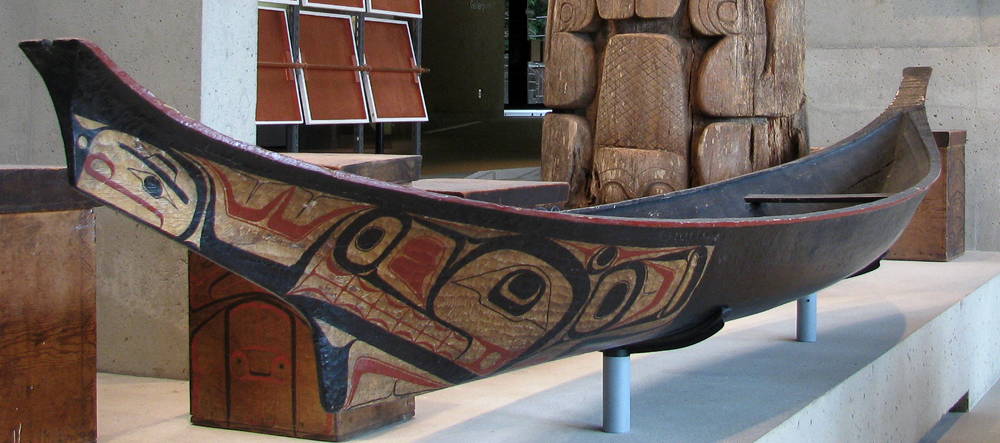
Bibliography
-Brinkley, Alan. Unfinished Nation: A Concise History of the American People. S.l.: Mcgraw-Hill Education, 2015. Print.
-"Chinook Indians." PBS. PBS, 11 Sept. 2015. Web. 11 Sept. 2015.
-"Chinook Indian Fact Sheet." Facts for Kids: Chinook Indians (Chinooks). N.p., 11 Sept. 2015. Web. 11 Sept. 2015.
-Ames, Kenneth M. "Chinookan Culture." The Virtual Meier Site. Portland State University, n.d. Web. 11 Sept. 2015
-Ross, Pamela. The Chinook People. Mankato, MN: Bridgestone, 1999. Print.
Picture Citations
-"Chinook: Facts, History & Religion - Video & Lesson Transcript | Study.com." Study.com. N.p., n.d. Web. 11 Sept. 2015.
-"Northwest Native Americans." Blendspace. N.p., n.d. Web. 11 Sept. 2015.
-"Fly Fishing Links & Resources." Fish of the Month. N.p., n.d. Web. 11 Sept. 2015.
-"Chiefs & Spirits." Pinterest. N.p., n.d. Web. 11 Sept. 2015.
-"Chinook Nation at the Liberty Theater." HIPFiSHmonthly. N.p., n.d. Web. 11 Sept. 2015.
-"Chinook and Clatsop Traditional Culture - Since Time Immemorial."Chinook and Clatsop Traditional Culture - Since Time Immemorial. N.p., n.d. Web. 11 Sept. 2015.
-"Member Tribes Overview." Northwest Portland Area Indian Health Board (NPAIHB). N.p., n.d. Web. 11 Sept. 2015.
-"Canoes of the First Nations of the Pacific Northwest." Canoes of the First Nations of the Pacific Northwest. N.p., n.d. Web. 11 Sept. 2015.
bottom of page